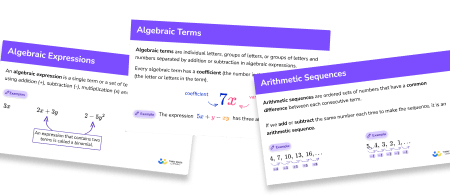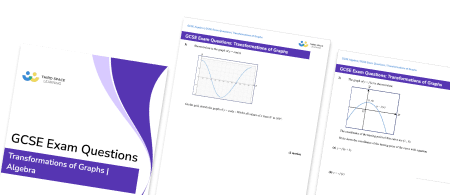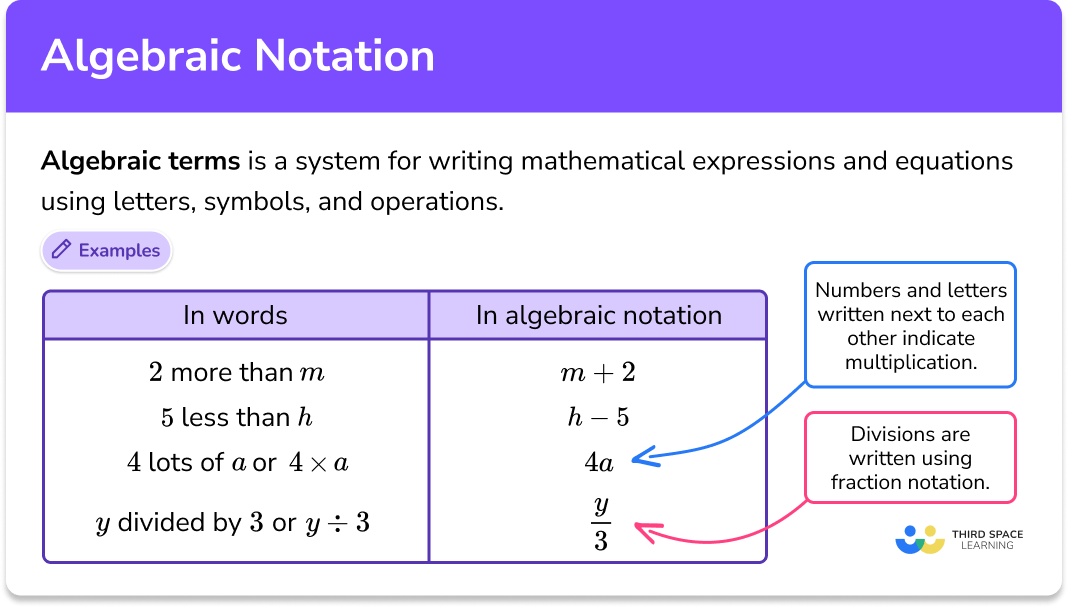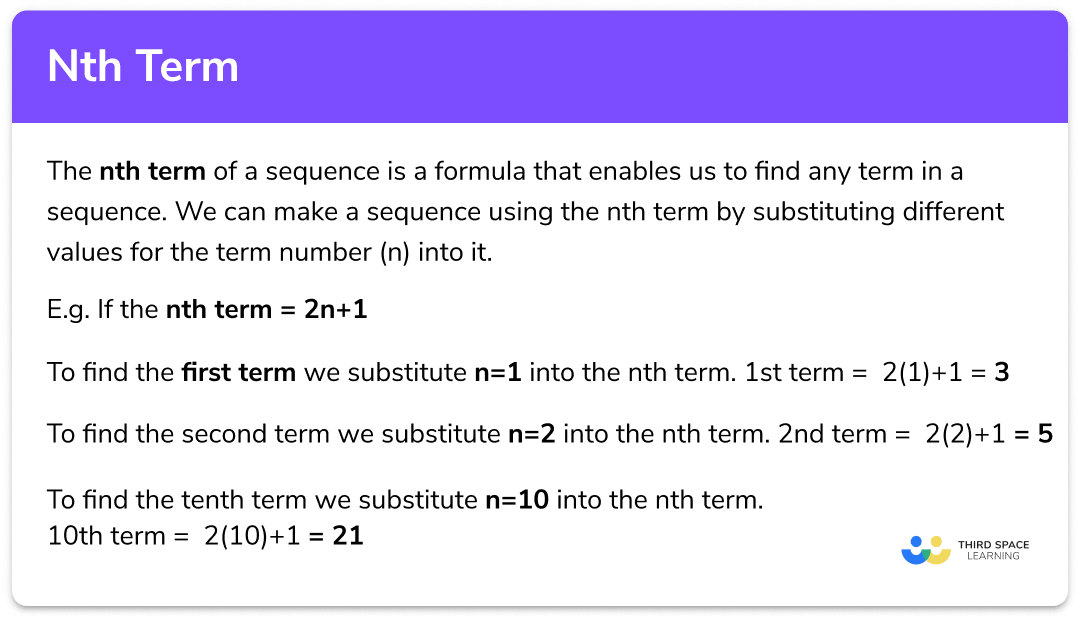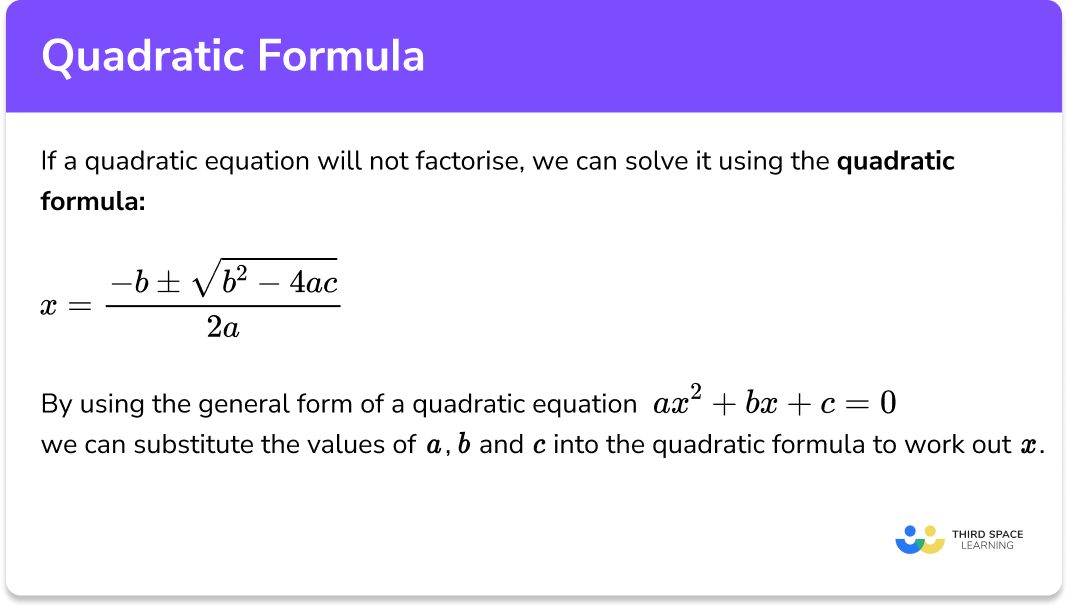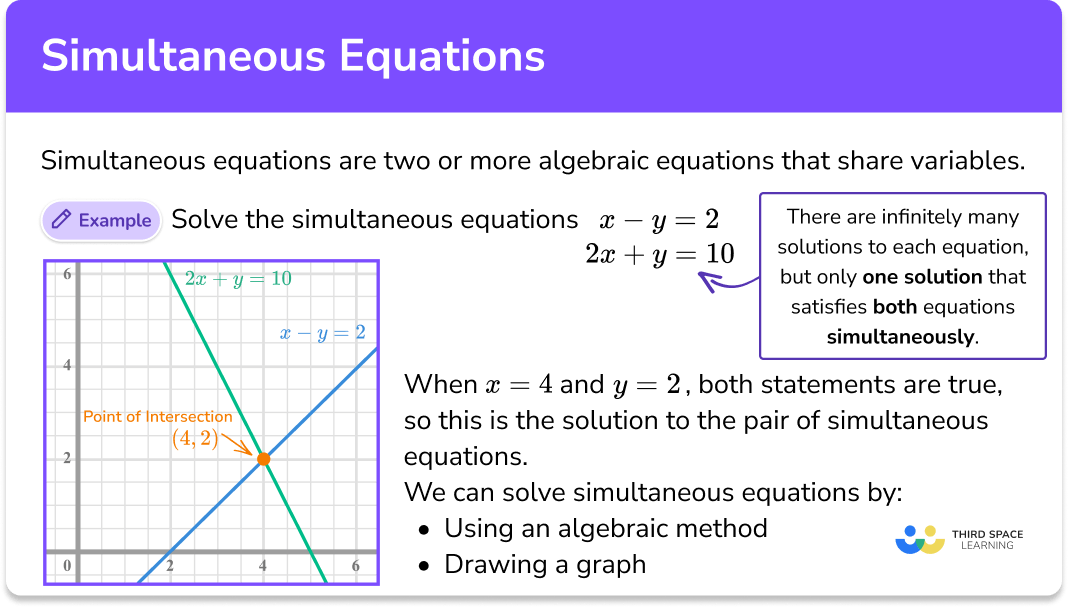FREE DOWNLOAD
Plotting Quadratic Graphs Worksheet

Help your students prepare for their Maths GCSE with this free plotting quadratic graphs worksheet of 30+ questions and answers
- Section 1 of the plotting quadratic graphs worksheet contains 20+ skills-based plotting quadratic graphs questions, in 3 groups to support differentiation
- Section 2 contains 3 applied plotting quadratic graphs questions with a mix of worded problems and deeper problem solving questions
- Section 3 contains 3 foundation and higher level GCSE exam style plotting quadratic graphs questions
- Answers and a mark scheme for all plotting quadratic graphs questions are provided
- Questions follow variation theory with plenty of opportunities for students to work independently at their own level
- All questions created by fully qualified expert secondary maths teachers
Suitable for GCSE maths revision for AQA, OCR and Edexcel exam boards
Plotting quadratic graphs at a glance
To plot a quadratic graph we use a table of values for x and y. The required x values are often given in a question but if they are not, a reasonable range to use would be -3 to 3. The y values are then calculated using the equation of the line. For example, if we are plotting y=x^2+2 and x is 1, then y=1^2+2=3.
Once we have a table of values, we can plot the pairs of points onto a coordinate grid. Quadratic graphs should be drawn as smooth curves and the shape of the graph of a quadratic function is always a parabola. If the coefficient of x^2 is positive, the graph will be u shaped and if it is negative it will be n shaped.
For a quadratic of the form y=ax^2+bx+c, The y intercept of the graph is c. The x intercepts, or roots, of the graph can be found by solving ax^2+bx+c=0 and the vertex, or turning point of the graph, can be found by completing the square. These pieces of information can be used to make a sketch of the quadratic graph.
Quadratics and quadratic graphs feature a lot in A Level maths including finding the gradient, calculating the area under the curve, and working with imaginary numbers and so working with quadratics is an important skill to master for those wanting to progress to A Level.
Looking forward, students can then progress to additional types of graph worksheets and other algebra worksheets, for example a sequences worksheet, simultaneous equations worksheet or straight line graphs worksheet.

For more teaching and learning support on Algebra our GCSE maths lessons provide step by step support for all GCSE maths concepts.
Do you have students who need additional support?

With Third Space Learning's secondary maths tutoring programmes, students in Year 7-11 receive regular one to one maths tutoring to address gaps, build confidence and boost progress.
"My confidence in the tutoring is high. We've had some phenomenal results. I even had one girl get a Grade 8 this year; she came to every tutoring session."
Stacey Atkins, Maths Director, Outwood Grange Academies Trust

